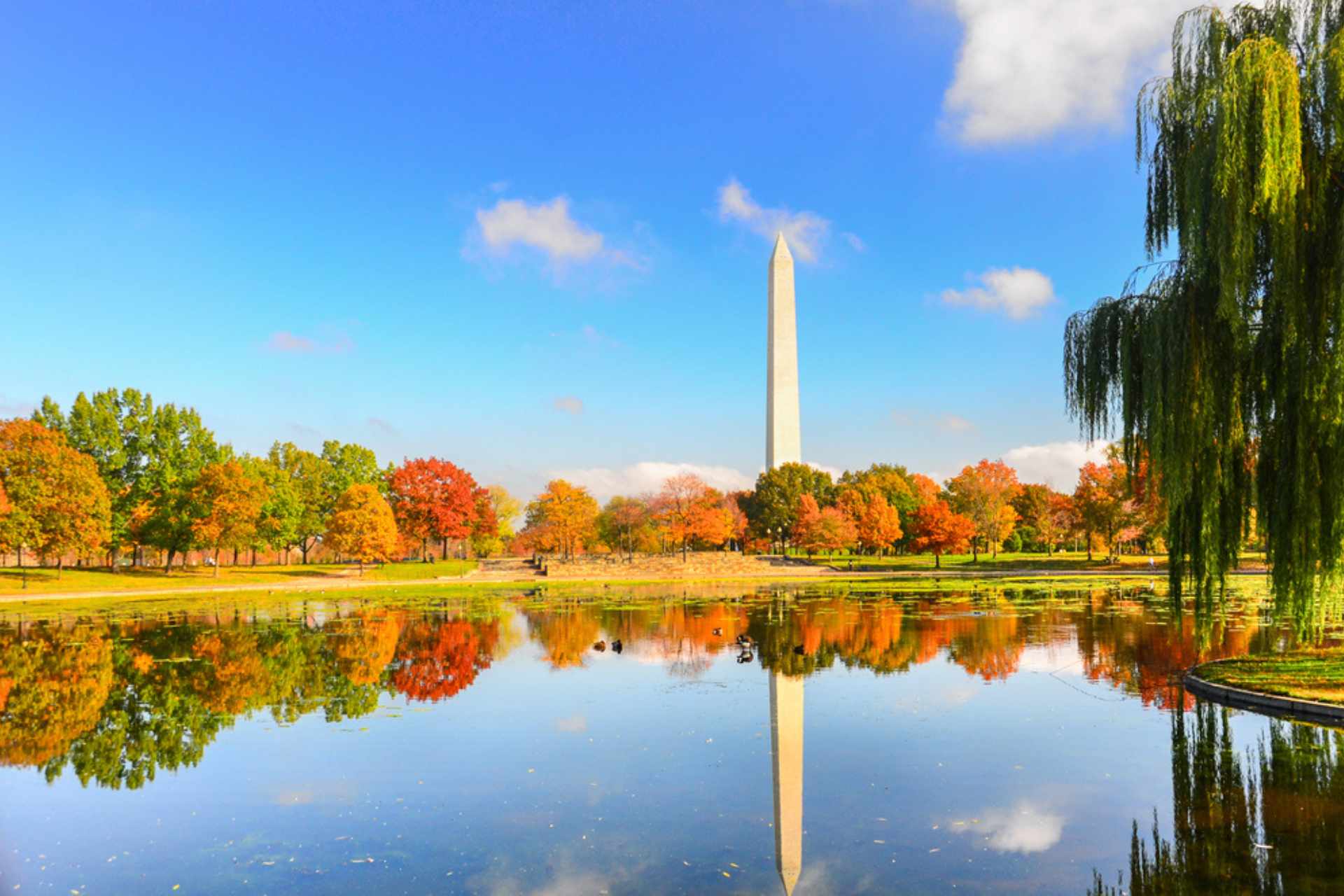Scotland: Embracing Inclusivity

Scotland, renowned for its rugged landscapes, vibrant history, and heartwarming hospitality, is increasingly embracing the spirit of inclusive travel. Whether it’s the timeless allure of Edinburgh or the raw beauty of the Highlands, Scotland has taken significant steps to ensure everyone can experience its magic. In this guide, let’s delve deep into accessible travel in Scotland.
Preparing for Your Trip
Before you set off on your adventure to Scotland, some careful planning can go a long way in ensuring a smooth and enjoyable experience. Here are some essential tips:
Accommodations
Accessible Accommodations: When booking accommodations, look for hotels, hostels, or vacation rentals that offer accessible rooms and facilities. Websites like Booking.com and Airbnb have filtering options for accessible properties. It’s a good idea to contact the accommodation in advance to confirm the accessibility features and to request any specific arrangements you may need.
Transportation
Flights: When booking your flights, inform the airline of any special requirements you have, such as wheelchair assistance or assistance for hearing-impaired passengers. Most major airlines have services in place for passengers with disabilities.
Public Transportation: Scotland has an extensive public transportation network, including buses and trains. Many of these are equipped with accessibility features, such as ramps and designated seating areas. Check the specific services and routes that accommodate your needs.
Accessible Taxis: In cities like Edinburgh and Glasgow, you can easily find accessible taxis equipped with ramps and other features. It’s advisable to book these in advance when needed.
Accessible Attractions in Scotland
Scotland boasts a wide range of attractions, from historic castles to stunning natural landscapes. Here are some must-visit accessible sites:
Edinburgh
Edinburgh Castle: Scotland’s most iconic castle offers accessible routes, ramps, and adapted restrooms. Wheelchair users can explore the Crown Square and the National War Museum.
Royal Yacht Britannia: This famous vessel is accessible with ramps and lifts, allowing visitors to explore the luxurious interiors and enjoy the stunning views from the deck.
Edinburgh’s Old Town: While some streets may be cobblestoned and challenging for wheelchairs, much of the historic Old Town can be navigated. The Royal Mile and Grassmarket are accessible, and some museums have ramps and elevators.
Glasgow
Kelvingrove Art Gallery and Museum: This renowned museum is fully accessible with ramps, elevators, and accessible restrooms. It offers a vast collection of art and artifacts.
The Riverside Museum: Scotland’s Museum of Transport and Travel is wheelchair-friendly, with wide aisles and accessible exhibits.
Glasgow Botanic Gardens: These beautiful gardens have accessible paths and offer a peaceful escape in the heart of the city.
The Highlands
Loch Ness: While the terrain around Loch Ness can be rugged, you can enjoy accessible boat tours that offer stunning views of the Loch and its famous resident, Nessie.
Cairngorms National Park: Many of the visitor centers in this picturesque national park are accessible, and some trails have designated wheelchair-accessible sections.
Other Regions
Stirling Castle: This historic castle offers accessibility features, including ramps and accessible restrooms.
Dundee: The V&A Dundee Museum is fully accessible and features an impressive collection of design and art.
Accessibility Resources in Scotland
Scotland provides several resources to help travelers with disabilities make the most of their visit:
Accessibility Guides
VisitScotland offers comprehensive accessibility guides for various regions and attractions across the country. These guides provide detailed information on accessible accommodations, restaurants, and tourist attractions.
Mobility and Equipment Rental
If you require mobility equipment during your trip, various companies offer rental services for wheelchairs, scooters, and other mobility aids. It’s advisable to book these in advance to ensure availability.
Accessible Tours and Guides
Consider joining accessible tours led by knowledgeable guides who are experienced in accommodating travelers with disabilities. These tours can enhance your experience and provide valuable insights into Scotland’s culture and history.
Local Disability Organizations
Reach out to local disability organizations in Scotland for additional information and support. These organizations can provide valuable insights and connect you with local resources.
Scottish Culture and Accessibility
Immersing yourself in Scottish culture is an essential part of your journey. Whether it’s enjoying traditional music, attending festivals, or participating in cultural activities, Scotland offers inclusive experiences for all travelers.
Traditional Music and Dance
Ceilidh Dancing: Experience the joy of ceilidh dancing, a traditional Scottish social dance. Many ceilidh events offer accessible venues, and organizers are often happy to assist those with mobility challenges.
Live Music: Enjoy live traditional Scottish music performances in accessible venues and pubs. Many establishments have ramps and accessible seating areas.
Festivals and Events
Edinburgh Festival Fringe: The world’s largest arts festival takes place in Edinburgh and offers a range of accessible performances, venues, and accommodations.
Highland Games: These vibrant events celebrating Scottish culture often have accessible viewing areas and accommodations for visitors with disabilities.
Museums and Cultural Centers
Scotland is home to numerous museums and cultural centers that showcase its history and heritage. Many of these institutions have made efforts to ensure accessibility for all visitors. Be sure to check accessibility information for each specific site you plan to visit.
Accessibility in the Scottish Countryside
While Scotland’s cities have made significant strides in accessibility, you may also want to explore its picturesque countryside. Here are some tips for enjoying rural Scotland:
Planning Rural Adventures
Accessible Trails: Some national parks and nature reserves have accessible trails and paths suitable for wheelchairs and mobility scooters. Research these options in advance.
Accommodations: If you plan to stay in rural areas, contact accommodations to ensure they have accessible rooms and facilities.
Transportation
Car Rentals: Renting an accessible vehicle may provide more flexibility when exploring rural areas. Ensure you have proper documentation and arrangements in place.
Accessible Tours: Look for guided tours that cater to travelers with disabilities, especially when exploring remote regions.
A Land of Inclusive Adventures
Scotland’s commitment to accessible travel ensures that every visitor, regardless of their abilities, can explore the country’s natural beauty, vibrant culture, and rich history. By planning ahead, researching accessible resources, and tapping into the warmth of Scottish hospitality, you can embark on a remarkable journey that leaves you with cherished memories of a land where inclusivity knows no bounds.
As you explore Scotland’s ancient castles, walk through its enchanting landscapes, and savor its traditional cuisine, you’ll discover that accessibility is not just a concept but a genuine expression of Scotland’s open-hearted embrace of all travelers. So, pack your bags, prepare your itinerary, and get ready to embark on an accessible adventure in the land of castles, where every corner holds the promise of a memorable experience for everyone. Scotland awaits you with open arms, eager to share its beauty and culture with travelers of all abilities.






